Anaori Kakugama: A groundbreaking Japanese cooking aid
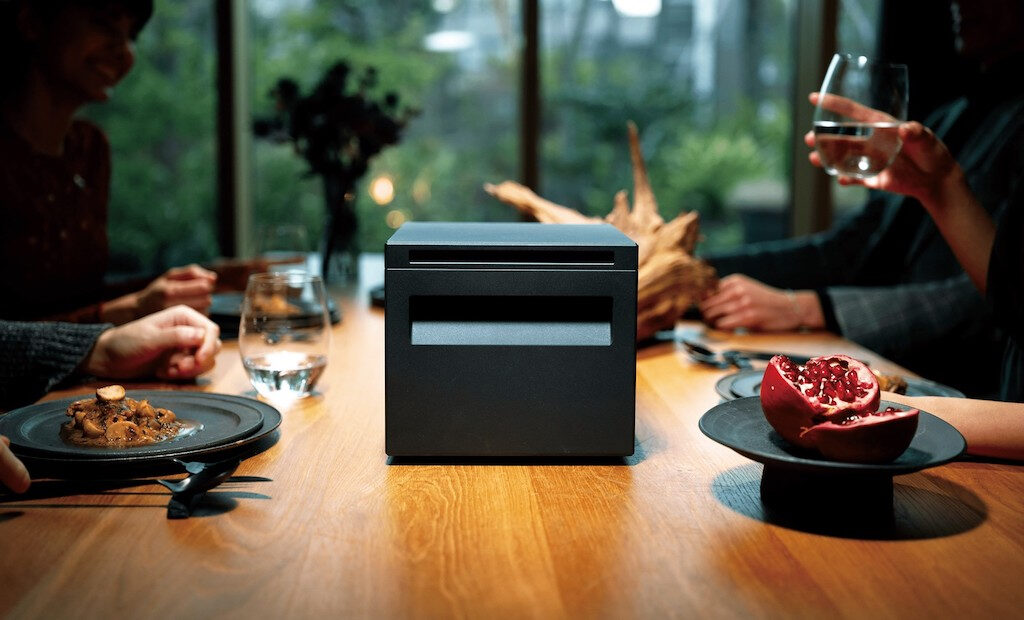
There’s a brand new kitchen gadget in the cooking world that many chefs are already adding to their culinary toolbox. The Japanese are known for striking that unlikely balance between minimalism and acute attention to detail, and this is exactly what groundbreaking manufacturer Anaori have achieved with their latest product, Anaori Kakugama. The company, a leader in carbon graphite products, have developed a groundbreaking cooking aid that combines new technologies and natural materials in a unique design. Over the coming weeks, renowned chefs from around the world will apply their expertise to showcase its real potential. However, this piece of equipment is not limited to the professional world: besides going back to basics and nature, this tool provides chefs and passionate foodies alike with a new and simple way of reaching culinary perfection.
Origins and naturality
One of the big appeals of the product is its link to nature. Anaori Carbon has over half a century of expertise in carbon graphite technology. With remarkable properties including resistance to wear, heat and acids, as well as thermal and electrical conductivity, the possibilities for the mineral are endless. In his childhood, the father of company founder Eiichi Anaori would heat chunks of carbon from the factory to roast sweet potatoes. Vivid memories of that flavour drove him to establish the brand and partner with legendary Japanese Chef Hirohisa Koyama to develop culinary uses for carbon graphite inspired by the wisdom of Japanese cuisine. Anaori’s flagship product, Anaori Kakugama, is a fusion of tradition and technology.
The philosophy of the brand was born out of respect for Japanese culture, rooted in a tradition of living in harmony with nature. Naturality according the company means understanding the principles of nature without confronting it, using minimal intervention to best maximise its power.
The Japanese company are unveiling two Anaori Kakugama models in different sizes, both of which help chefs cook with the rhythm of the seasons, combining functionality, elegance and perfection into a minimal design.
Carbon graphite: A material to create contemporary design
This combination of traditional and innovation is what makes Anaori Kakugama such a groundbreaking product for both chefs and foodies. The brand channels its technological expertise to carve a brand-new cooking tool from a solid block of carbon graphite, redefining timeless minimalism in a meticulously crafted product.
Carbon graphite fused with the wisdom of Japanese cuisine has created a product unprecedented in culinary history. The material, with its exceptional qualities, is combined with a lid of pure hinoki cypress, which is a signature of Japanese cuisine’s respect for natural ingredients.
Anaori Kakugama is sculpted into a minimalistic cube and accented with chamfered edges inspired by Japanese tea ceremony architecture. Revived in Anaori Kakugama is the imo-gata (rounded bottom) pot shape that was popular until the middle of the Edo period (1603 – 1868). The circular shape initially conceived for firewood cooking is ideal for ensuring uniform heat distribution, making it a hugely useful tool for chefs.
The new product brings us back to basics, proving that cooking is most effective in its simplest form. With minimal intervention, nature works to enhance the essence of each ingredient, showcasing how cooking is in our second nature. Multifunctional yet simple, this product appeals to chefs and foodies because it brings us back to our instinctive origins.
Anaori Kakuguma and the essence of taste
Anaori Kakugama has also shaken up the culinary world because it respects the fundamental values of gastronomy: simplicity and efficiency. Thanks to the properties of carbon graphite exploited by the brand, the original flavour of the food is protected and concentrated. As a result, regardless of the source of heat and the mode of cooking, the essence of each ingredient is enhanced, and crucially the food tastes better.
The tool’s popularity is likely also down to the fact that its heating function is also far more efficient than traditional cooking appliances. That rate at which carbon graphite emits far infrared is five times higher than that of cast iron, which the Anaori Kakugama exploits for better heat retention that rivals even charcoal.
What’s more, the tool is incredibly diverse: Kakugama can be used for grilling, simmering, poaching, frying and steaming. Its dual-purpose lid locks in umami and can even be used as a grilling pan. It’s also accessible to all foodies. With advanced conductivity, Anaori Kakugama is compatible with all heating sources including induction heat, gas and the oven.
Naturality Tour: From soil to dining
In its quest to return to basics and unite a global community through Anaori Kakugama, Anaori has surrounded itself with some of the world’s greatest chefs, all of who, share the same culinary philosophy, sensitivity and inspiration. These well-known personalities in the world of gastronomy, most of them Michelin-starred and some of them also familiar among the World’s 50 best restaurants followers, have joined this movement to develop new cooking techniques and influence the future of food.
This ambitious international project, named the Naturality Tour, features 24 impressive chefs over six months. The tour began on 10th April 2021 in Japan with the following accomplished chefs:
Eiji Taniguchi, originally from Osaka and chef of L’évo restaurant in Toyama
After experimenting with several restaurants in Japan and France, the chef moved to Toyama, a prefecture in the Hokuriku region of Japan in 2010. In 2014, he founded the French restaurant L’évo and was awarded a Michelin star as well as Gault-Millau Chef of the Year award in 2017. L’evo’s avant-garde local cuisine bypasses the stereotypes of both traditional French cuisine and Japanese cooking using ingredients sourced from the surrounding forests.
Toru Okuda, from Shizuoka, Japan and chef at Ginza Kojyu restaurant in Tokyo
Okuda began his career at the Japanese-style Inn, Kikuya. In 1999, after many years of experience at Tsutaya in Kyoto and Aoyagi in Tokushima, he opened Hanami Koji in Shizuoka and Ginza Kojyu in 2003, for which he was awarded three Michelin stars, before gaining two stars for his second restaurant Ginza Okuda. In 2013, the master of kaiseki cuisine opened Okuda restaurant in Paris and received a Michelin star.
Riku Yakushijin, originally from Ehime and chef of the restaurant Unis in Tokyo
Yakushijin was a French cooking instructor at the Tsuji Culinary Institute for six years. In 2014, he participated in the launch of the exclusive restaurant Sugalabo, where he worked as a head chef. In 2020 and after many experiences as a gastronomic consultant, he moved to the Toranomon district, where he supervised young culinary talents and became chef of the French restaurant Unis.
This Naturality Tour will move on through Australia, the east and west coasts of the United States, South America, then to China and other parts of Asia before arriving in Europe.
Rafael Cagali, chef of London’s Da Terra
Here in the UK, talented chef Rafael Cagali is a passionate user of Anaori Kakugama, which is key to the making of his signature dish Moqueca, a Brazilian fish stew that received a fine-dining treatment. Da Terra is one of the few two-Michelin-starred restaurants in London, an accolade they achieved only two years after their opening in Bethnal Green. Cagali has joined the Anaori Naturality Tour introducing a special Anaori Kakugama menu to his clients.
Originally from São Paulo in Brazil, Rafael started his career in London at the age of 21. After spending over three years in Italy, where he worked under chef Stefano Baiocco at Villa Feltrinelli, he moved to Spain to work with the pioneer of avant-garde cuisine, chef Quique Dacosta, and also for chef Martin Berasategui of eponymous restaurant Martín Berasategui. Upon returning back to England to work at The Fat Duck by Heston Blumenthal, he joined forces with Simon Rogan to open Fera at Claridge’s. His innate talent led him to become head chef at Aulis London, Simon’s intimate eight-seater chef’s table and development kitchen. His experimental cuisine is inspired by the flavours of his origins, with Italian heart. It is serendipity that his first solo venture to open – Da Terra Restaurant in 2019, which means “from the earth” – is a tribute to the influences of his background and upbringing, reflected also in the cuisine and choice of seasonal ingredients.
The editorial unit
For further information visit the Anaori website here.

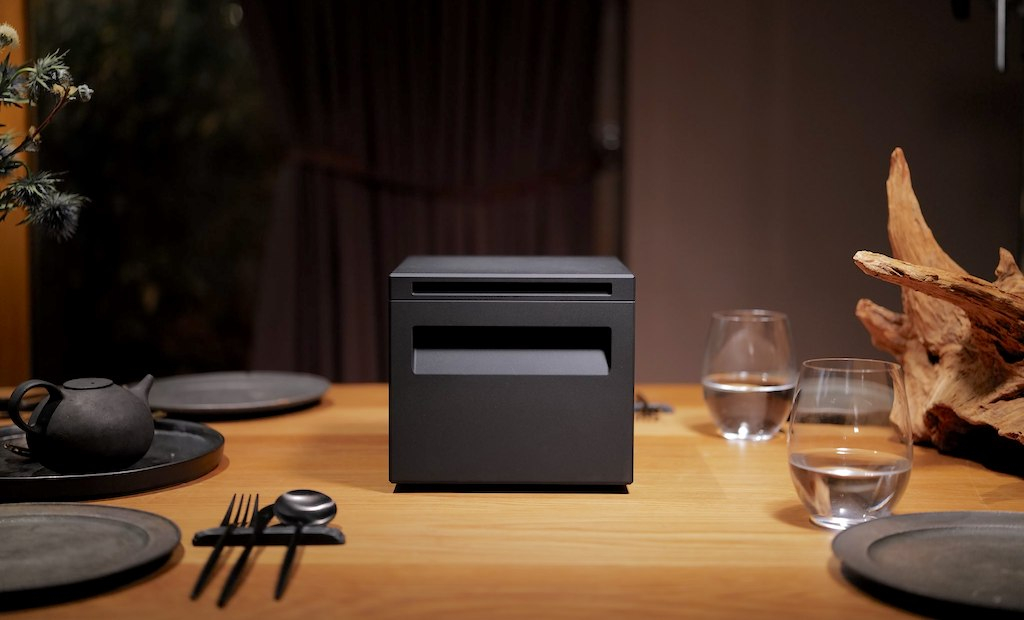
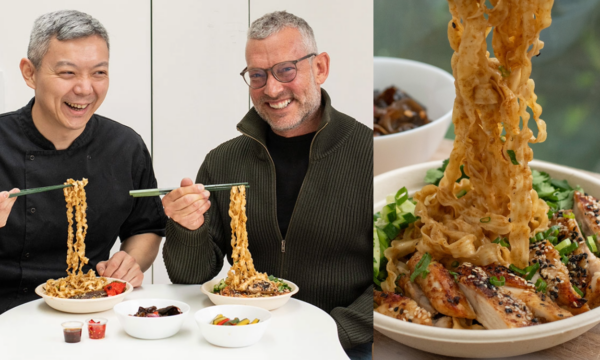
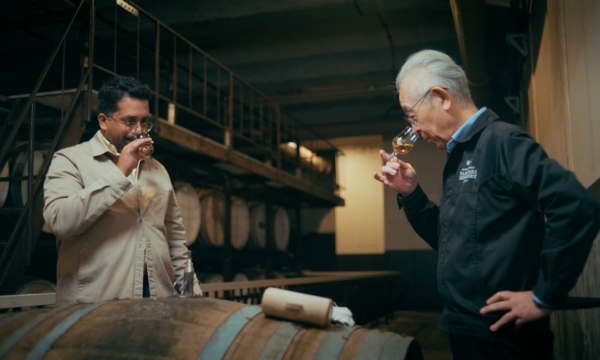
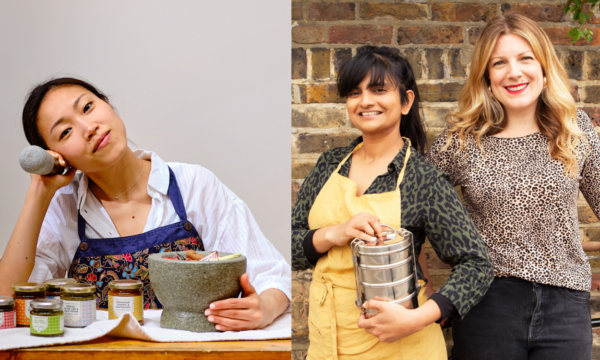
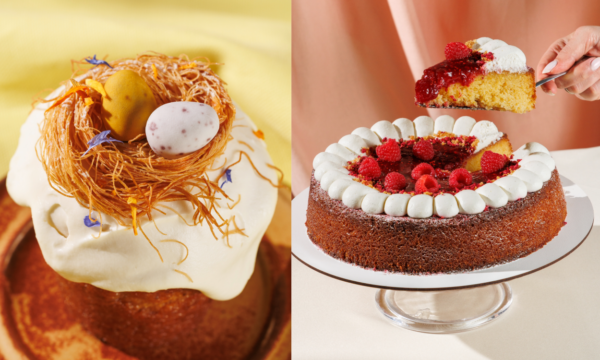
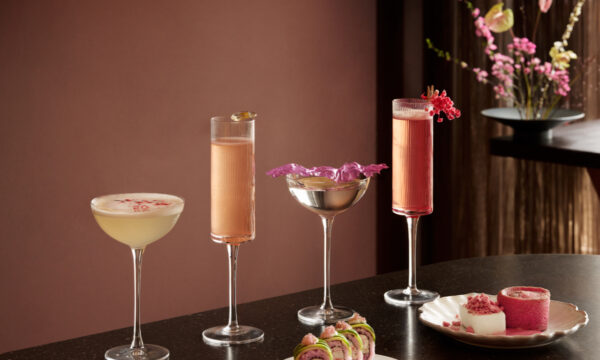
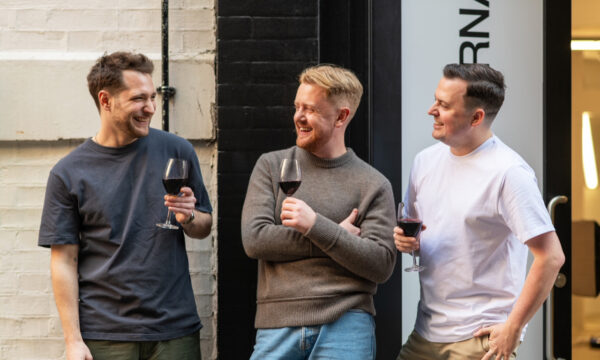
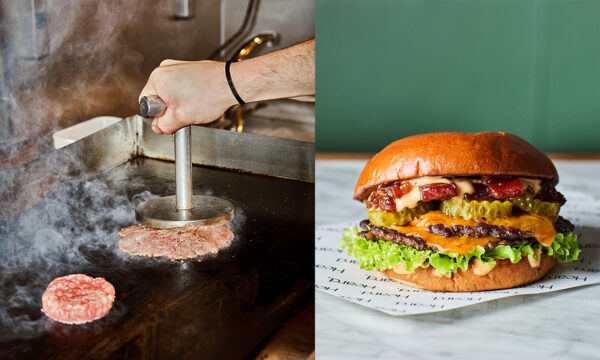
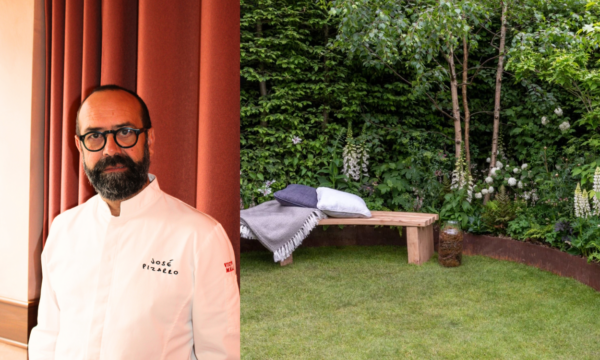
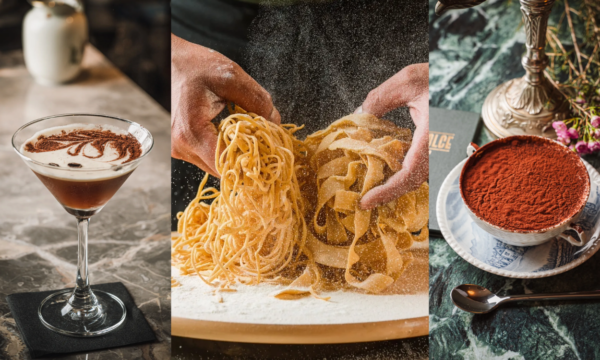

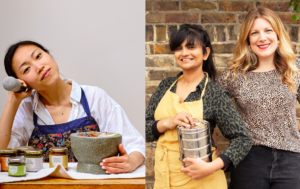

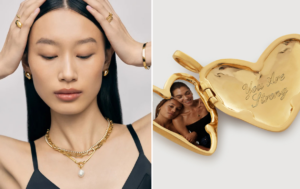







Facebook
Twitter
Instagram
YouTube
RSS